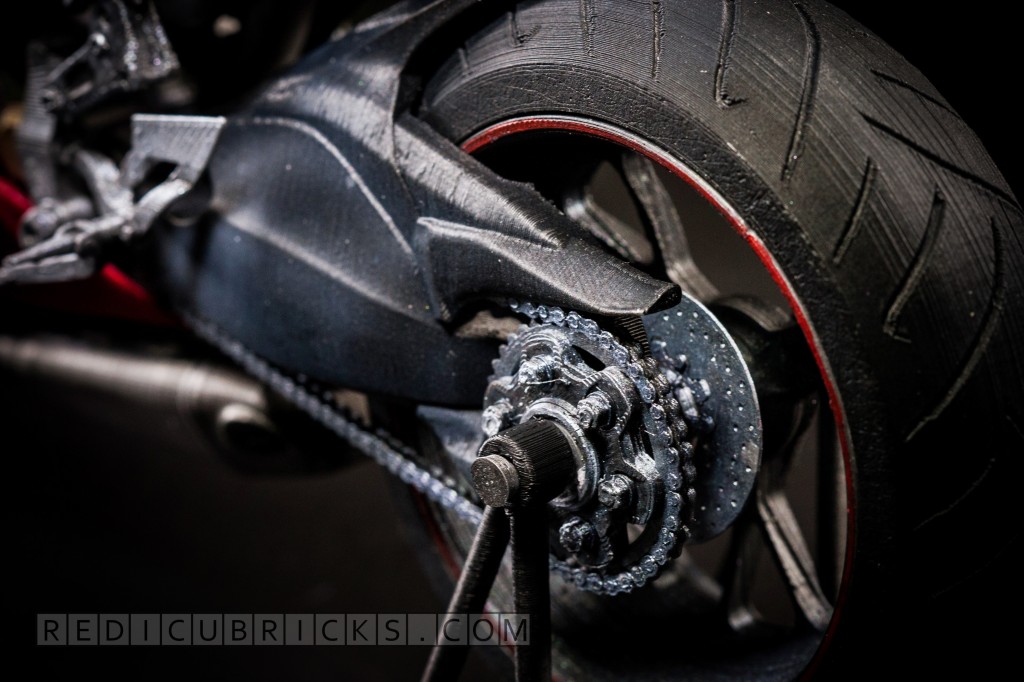problem you are having cannot be solved because of the way cura works. Its hopeless, trust me.
I even tried to develop an application that would fix the G code and insert retraction where it needs to be but I couldn't because of the way cura generates the code it's impossible so it's hopeless.
Cura developers have to make slicer changes to fix it and u asked and asked and asked again but all I get in return is "try this or that".
none of the solutions would work because of attraction in cura is distance-based so nothing would solve the problem
I still think I have a bigger problem not caused by CURA.. My hot end seems to become "unprimed" after a retraction and lays 'air' for a few mms.. So currently, this causes shapes to be incomplete... If CURAs logic changed so that it retract at different points, then surely the problem would move to the next shape it creates AFTER retracting where the initial bit of PLA wouldn't come out.
What I really need to happen is that the printer does 2 passes for every shape, to be sure that its complete.
This is of course assuming that I understand what I am talking about and retraction is even my problem.
As I said, my problem seems to be that I extrude a bit of "air" after a retraction and this would happen irrespective of where the retraction occurred.
I am thinking that the better option would be the lay the entire first layer down. With no retraction.. And the clean it up after the print. As I assuming that my problem is all based around retraction.
Tonight I am going to do some tests by turning retraction off and seeing what effect this has on the first layer.. Perhaps then I will actually understand what the issue is.
Jon







.thumb.jpeg.0b7a05eafc09add17b8338efde5852e9.jpeg)
Recommended Posts
Top Posters In This Topic
35
32
9
4
Popular Days
Dec 16
17
Feb 16
13
Dec 17
10
Dec 5
10
Top Posters In This Topic
jweaver 35 posts
tonycstech 32 posts
Daid 9 posts
tottenham12712 4 posts
Popular Days
Dec 16 2014
17 posts
Feb 16 2015
13 posts
Dec 17 2014
10 posts
Dec 5 2014
10 posts
tonycstech 5
problem you are having cannot be solved because of the way cura works. Its hopeless, trust me.
I even tried to develop an application that would fix the G code and insert retraction where it needs to be but I couldn't because of the way cura generates the code it's impossible so it's hopeless.
Cura developers have to make slicer changes to fix it and u asked and asked and asked again but all I get in return is "try this or that".
none of the solutions would work because of attraction in cura is distance-based so nothing would solve the problem
Link to post
Share on other sites